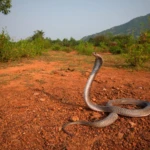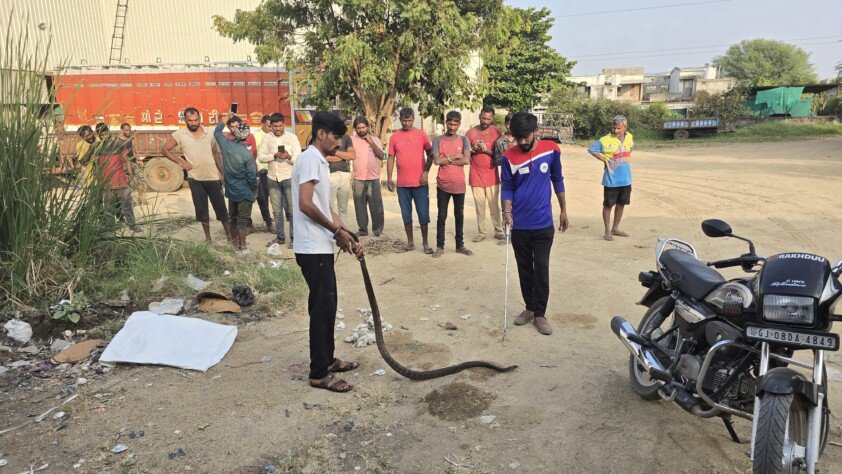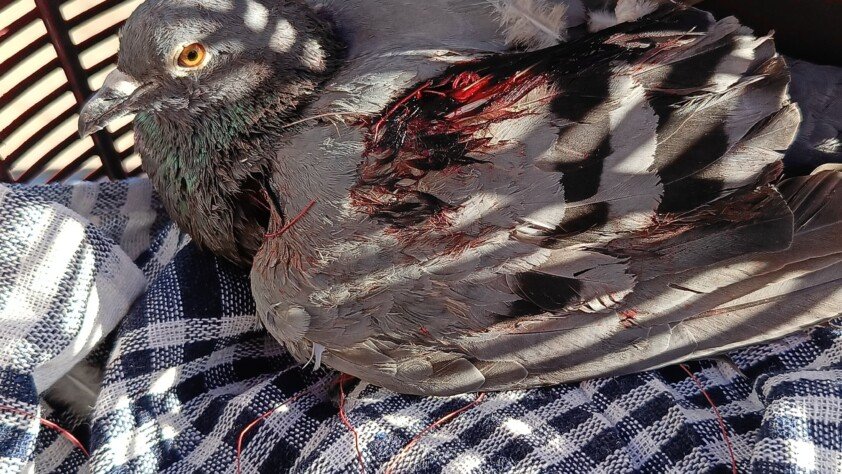Key Snake Rescue Efforts
1. Large-Scale Reptile Rescue Operations
-
Collaboration with the Forest Department:
- Works closely with government authorities to rescue and rehabilitate snakes found in urban or rural areas.
- Rescues snakes that have wandered into human settlements, preventing harm to both people and animals.
-
During Fairs and Festivals (e.g., Bhadarvi Poonam Maha Mela):
- Handles snake sightings at public events where reptiles often stray onto roads or campsites.
- Safely removes snakes from crowded areas and releases them back into nearby forested regions.
2. Emergency Snake Rescue
- Responds promptly to reports of snake sightings in residential, agricultural, or commercial spaces.
- Provides specialized handling of both venomous and non-venomous species to minimize risks.
3. Rehabilitation and Release
- Ensures rescued snakes are assessed for health and any injuries are treated.
- Rehabilitated snakes are released into suitable, safe natural habitats, reducing human-animal conflict.
Community Awareness and Education
-
Public Education:
- Conducts workshops and campaigns to dispel myths and fears surrounding snakes.
- Promotes understanding of the ecological role of snakes in controlling pest populations and maintaining ecosystem balance.
-
Training Programs:
- Provides training for volunteers and local communities on safe snake-handling techniques.
- Educates individuals on how to react during a snake encounter to avoid harm to both people and snakes.
Impact of Snake Rescue Operations
- Reduced instances of snake killings due to fear or misunderstanding.
- Increased public awareness of snake conservation and their vital role in ecosystems.
- Enhanced collaboration between wildlife authorities and local communities for wildlife preservation.




